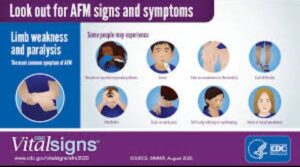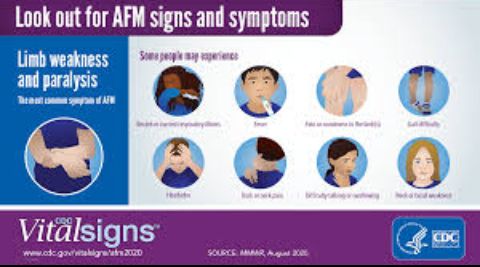In the year 2023, our world has witnessed the emergence of several new diseases, presenting a formidable threat to the very existence of human life. These diseases have sparked widespread concern and have swiftly escalated into major global health crises. Today, we will explore five of the most recent afflictions that loom over us, casting a shadow of uncertainty and fear upon our collective well-being, Entrepreneurng.com
First on our list is the Nipah virus, a novel disease that has emerged with alarming force, triggering outbreaks in both Malaysia and India. This insidious virus, classified as zoonotic, originates in animals, particularly fruit bats, and can be transmitted to humans. The implications of such transmission are deeply concerning, as the virus possesses the ability to swiftly infiltrate human populations, bringing with it severe health implications and a sense of impending doom.

Another disease that has garnered significant attention and concern is Candida auris, a tenacious fungus that the Centers for Disease Control and Prevention (CDC) has classified as an emerging pathogen. This highly infectious disease has exhibited a disconcerting resistance to multiple antifungal drugs, rendering our traditional treatment methods ineffective. Its elusive nature, coupled with its ability to spread rapidly among vulnerable individuals, has made Candida auris a grave menace to public health.
Next, we turn our attention to monkeypox, a rare viral disease that bears eerie similarities to the infamous smallpox. Transmitted to humans primarily through contact with infected animals, particularly monkeys, monkeypox has the potential to cause substantial harm. The virus manifests in various symptoms, including a rash, fever, and body aches, reminding us of the profound impact that zoonotic diseases can have on human populations.

No discussion of emerging diseases would be complete without mentioning the infamous Ebola virus, a devastating pathogen that has plagued us for decades. Ebola is a severe and often fatal disease that spreads from animals to humans, typically through contact with infected bodily fluids. The litany of symptoms associated with Ebola is truly terrifying, encompassing fever, severe headache, muscle pain, weakness, fatigue, diarrhea, vomiting, abdominal pain, and even hemorrhaging. Its capacity to cause widespread devastation and the absence of a definitive cure have rightfully placed Ebola high on the list of global health concerns.
Lastly, we confront the Zika virus, a recent addition to the roster of emerging diseases. Primarily transmitted to humans through mosquito bites, Zika has quickly gained notoriety due to its potential for severe health consequences. Aside from the usual symptoms such as fever, rash, joint pain, and conjunctivitis, Zika virus infection in pregnant women poses a particularly alarming risk. It has been linked to severe birth defects, including microcephaly, in babies born to infected mothers. This aspect of Zika virus infection serves as a haunting reminder of the vulnerabilities that both individuals and communities face in the face of such emerging diseases.
In conclusion, the emergence of these five diseases serves as a stark reminder of the precarious nature of our world in the year 2023. The threat they pose to human life is both immediate and long-term, demanding our undivided attention and concerted efforts to mitigate their impact.
It is incumbent upon individuals, communities, and governments to adopt all necessary precautions to prevent the spread of these diseases. Equally vital is the need for prompt medical attention should any symptoms manifest. Only through proactive measures and collaborative action can we hope to safeguard our collective well-being and overcome the challenges presented by these new and emerging diseases.


